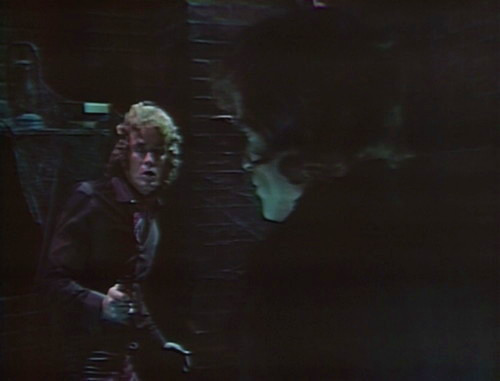Download links for: Nullification: How to Resist Federal Tyranny in the 21st Century


Reviews (see all)
Write review
Nullification is probably our last hope in arresting Federal tyranny. This book is a must read.
Great read, very important information, but prepare yourself for an incredibly dry,dry read!
Interesting, but too hopefully imho in this age of growing state power.
recommended reading.
Other books by History & Biography
Related articles












